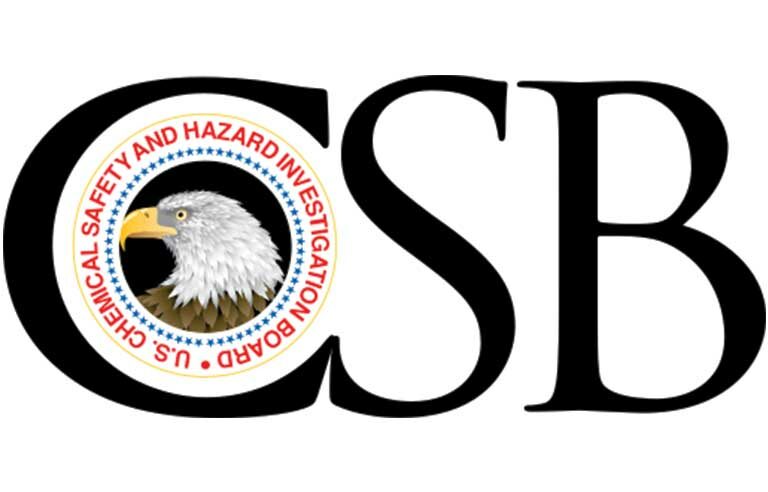Chemical Safety Board reduces investigation backlog, adds staff

Washington — The Chemical Safety Board says it’s on track to clear its investigation backlog by the end of the year, with a growing staff focused on “moving the CSB forward.”
CSB Chair Steve Owens delivered that message during a July 27 public business meeting.
Since July 2022, CSB has issued final reports on 12 investigations – the largest total over a 12-month period in the agency’s 25-year history. The board’s backlog of 17 investigations has been trimmed to five.
“Reducing the backlog so significantly as we’ve done has taken an extraordinary effort by every single employee at the CSB working together as a team,” Owens said during the meeting.
Entering fiscal year 2023, the agency stood at its lowest staffing level since FY 2001, Owens noted. Since October, it’s added staff, including five chemical incident investigators and two recommendations specialists.
Owens is hopeful that this onboarding, coupled with the dwindling backlog, will enable CSB “to deploy more often in order to protect communities, workers and the environment from chemical disasters.”
Steve Klejst, executive director of investigations and recommendations at CSB, said the agency’s investigative reports are vital, helping industry stakeholders “advance safety within their organizations and better understand the circumstances and conditions of the incidents so they, too, can make changes within their facilities.”
CSB member Catherine J.K. Sandoval praised the investigative team, noting that “investigations involve hundreds of hours, dozens – sometimes hundreds – of interviews, incredible amounts of analysis and an amazing range of scientific knowledge.”
| Sign up for Safety+Health's free monthly email newsletters and get the news that's important to you. |
The meeting was the second since Sandoval was sworn in for a five-year term in February. Sandoval’s addition to the board returned a quorum to the agency, as she joined Owens and CSB member Sylvia Johnson.
“It is my hope that we move forward with a sense of urgency, determination, passion and unity,” Johnson said, “knowing that every step we take brings us closer to a safer, more secure future for all workers and their families.”
Post a comment to this article
Safety+Health welcomes comments that promote respectful dialogue. Please stay on topic. Comments that contain personal attacks, profanity or abusive language – or those aggressively promoting products or services – will be removed. We reserve the right to determine which comments violate our comment policy. (Anonymous comments are welcome; merely skip the “name” field in the comment box. An email address is required but will not be included with your comment.)

